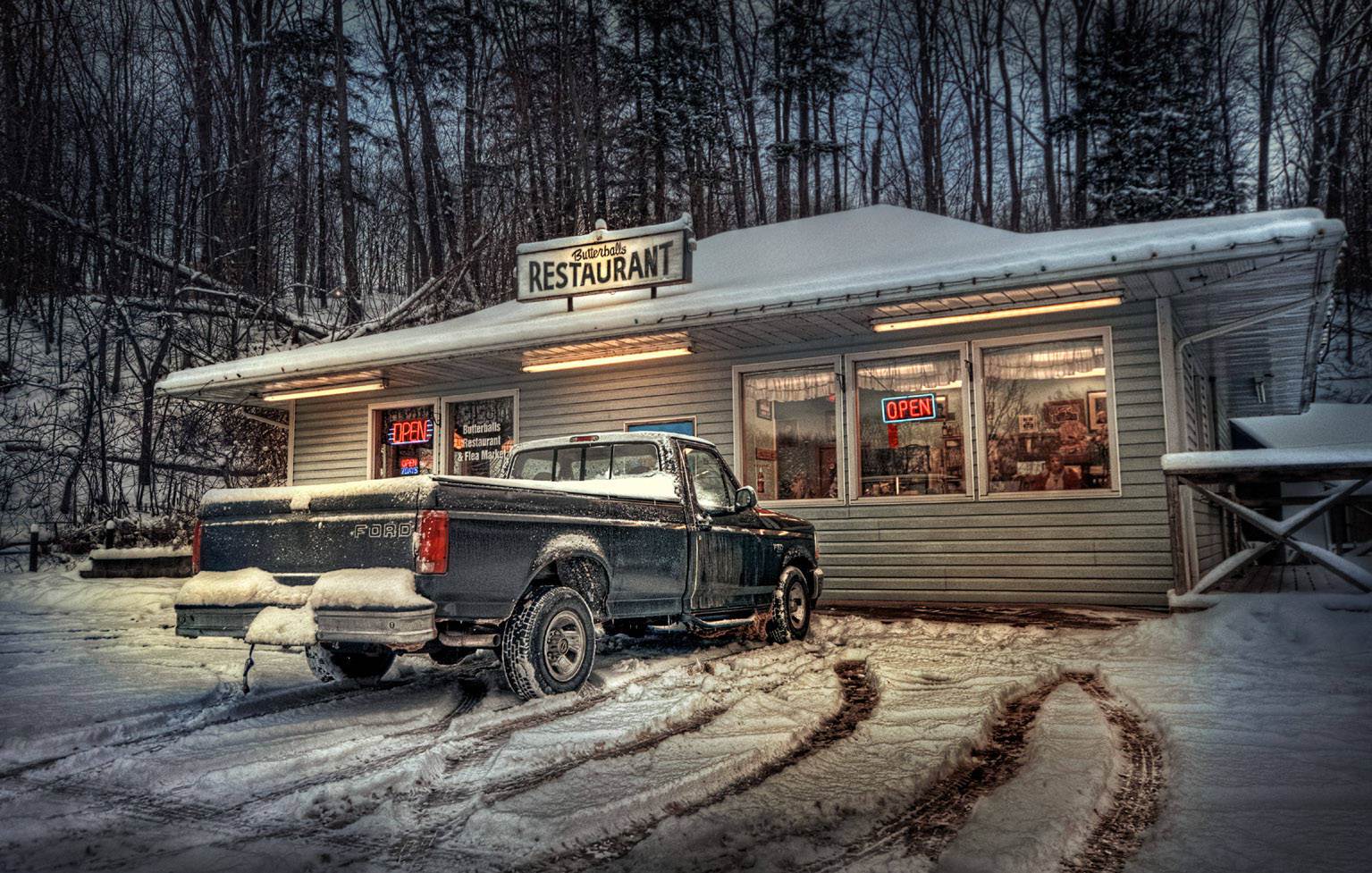How to Make HDR images from RAW photos

Nowadays the digital camera has become a compassionate companion. Whether it is a family holiday, a walk with your child or a meeting with old friends, everyone tries to capture specific happy moments. However, sometimes there is a need to convert raw images to HDR.
In recent years, HDR-photography has become very popular. For example, you may find a solid white spot on the sky or dark places can really lose detail and colour in a particular photo. HDR-photo can offer pictures with extended dynamic range. Using simple manipulations, you can create a photo with no loss of colour.
Instructions
-
1
First of all, you need to take some shots with different exposures (at least three images). The camera should be well fixed, it is best to use a heavy tripod. Images should be similar in composition but different in exposure from very dark to very light.
-
2
Another option is to make one image format raw. Then, create a snapshot of 3 photos with the help of the raw-converter. Select one photo with an average exposure and contrast. The second should be darker than the first, so that all the overexposed areas are clearly visible. The third picture should be much lighter than the first.
-
3
No matter how you got your pictures, open them in Photoshop, all in one document. Each photo must be placed on a separate layer. You should now have three layers: light, medium and dark. Create a mask for all three layers. One layer, with an average exposure of the mask, must be white while the other two can be Black.
-
4
With the help of white brush on the mask layer, draw a dark sky and the places that need to be darker. Adjust the softness and opacity of the brush. Take care of the sharp edge tool as it can ruin photos and make all the alterations obvious and add gloss to manipulation. The work is very laborious and you may have to pore over the most minute details while creating volume and saturating the color details of the image.
-
5
Similar work needs to be done on the mask. Clear up all the dark areas to avoid failures. If you are dealing with someone else’s portrait, then this technique will help you make three-dimensional shadows on the face.

